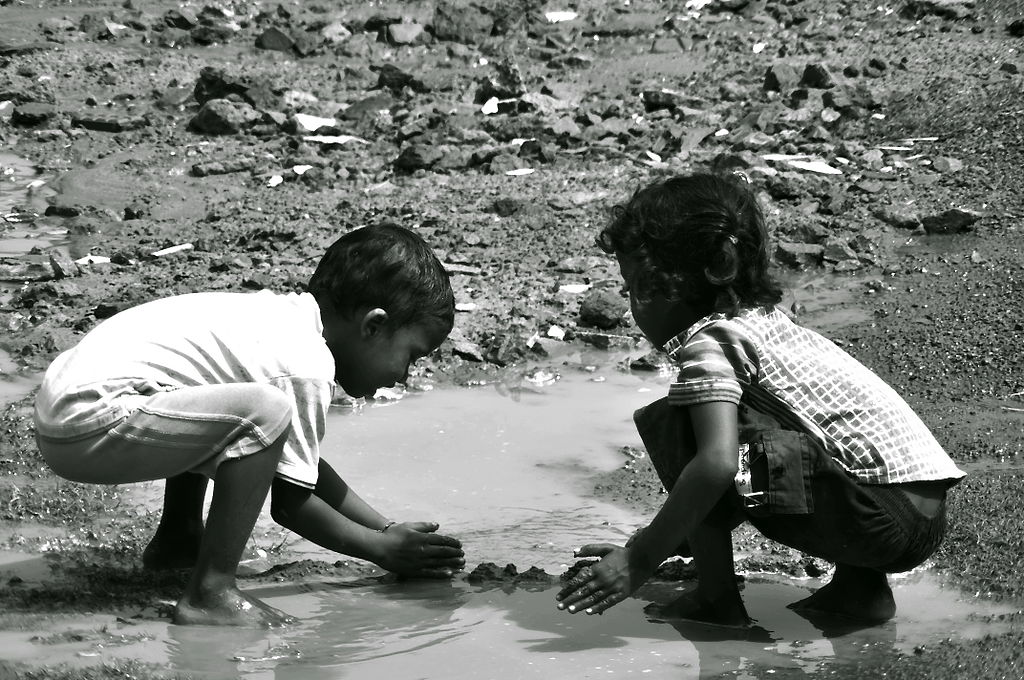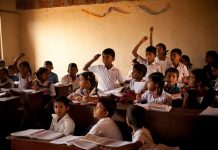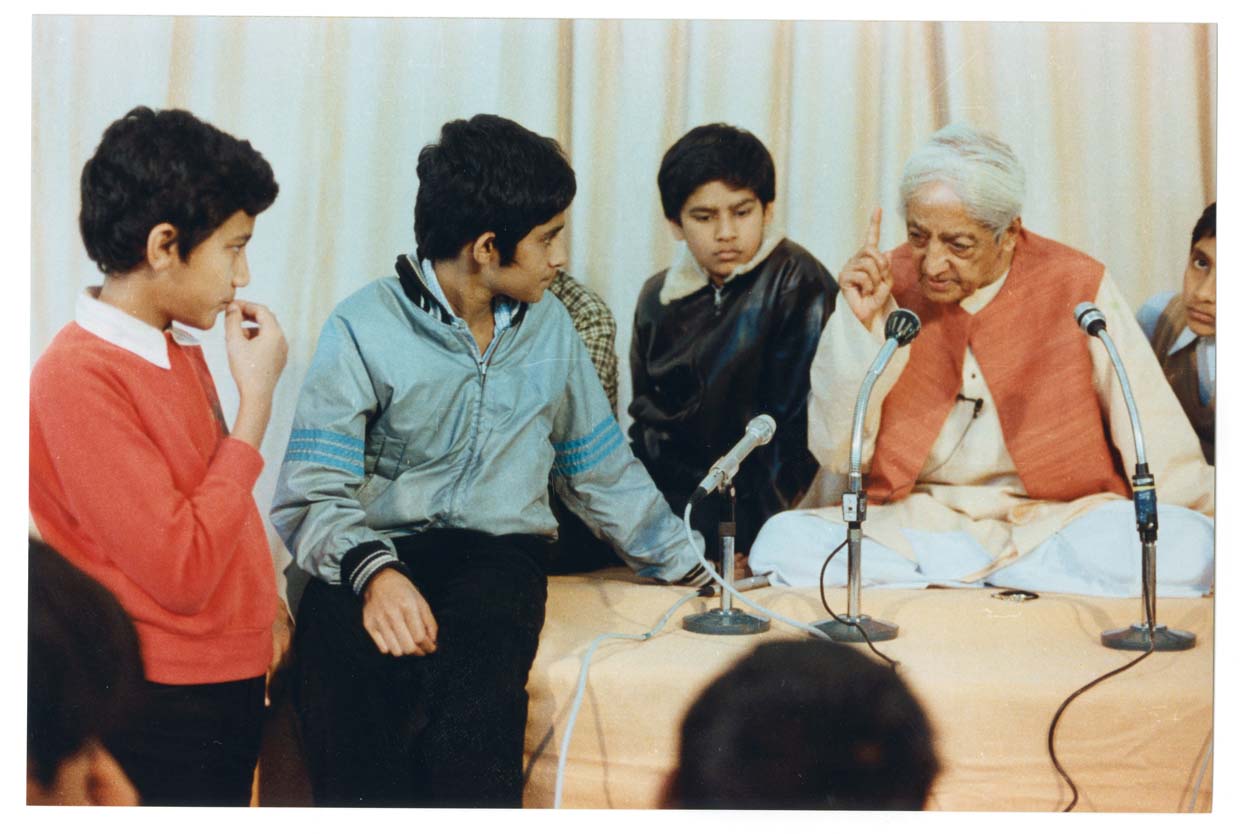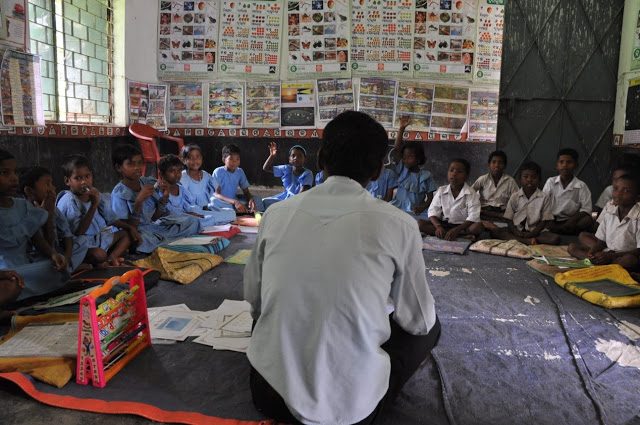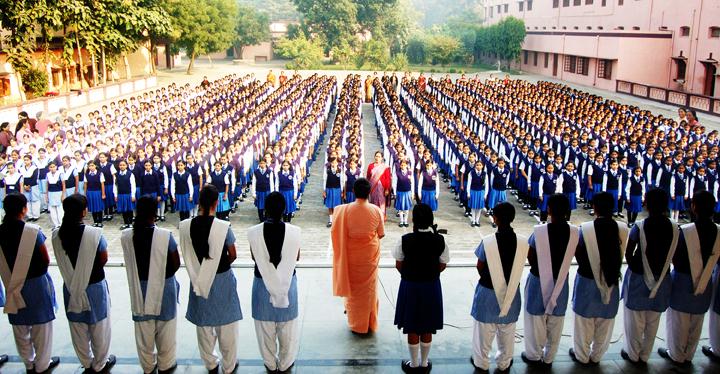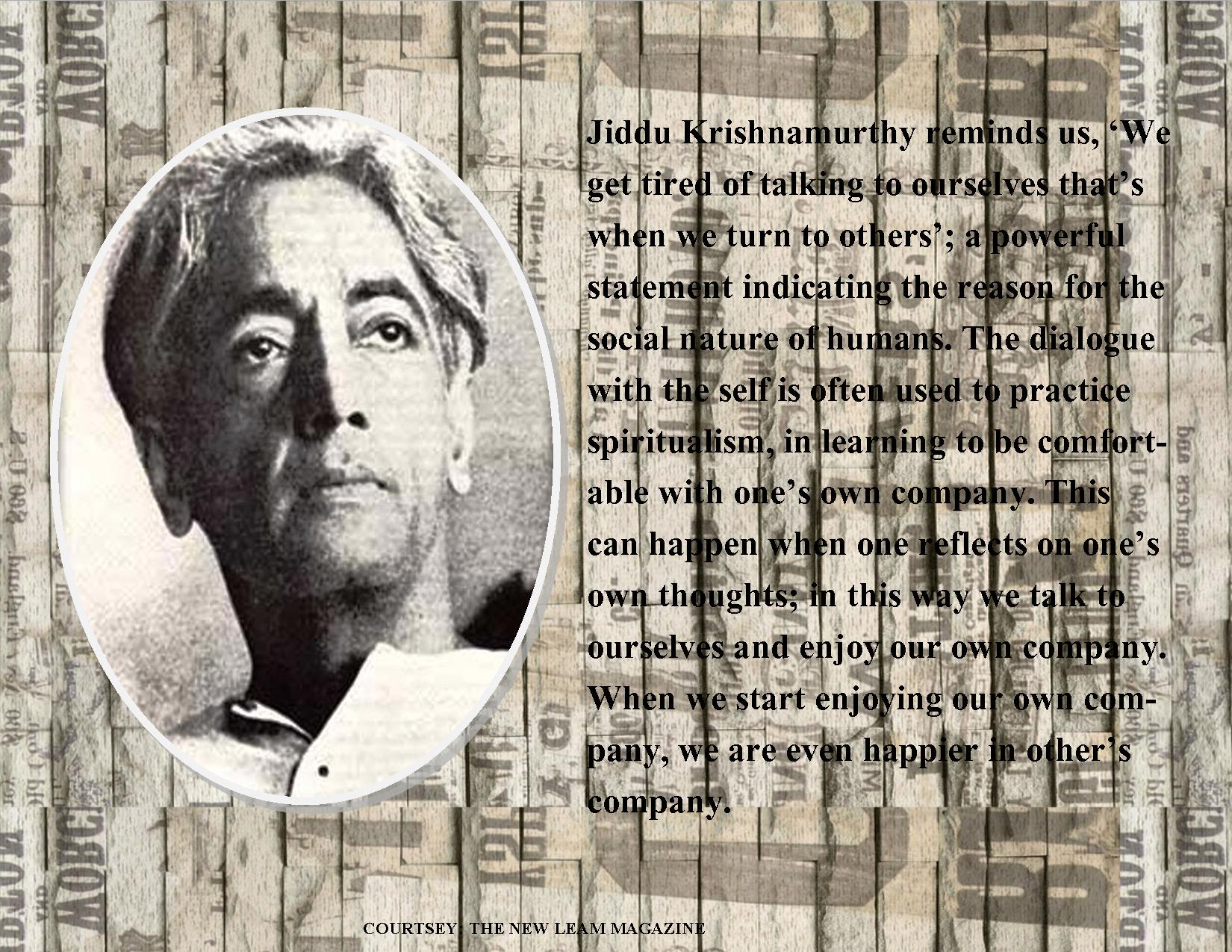PEDAGOGIC INNOVATION
The evolution of pedagogy and the constant process of reinventing oneself to meet the challenges of a holistic education are central concerns of every pedagogue. It is in this context that the performing arts play such an important role, let us explore how.
Sandhya Uday – the Vice Principal of Shanti Asiatic School, Ahmedabad has rich experience of twenty five years in the field of education.
Education is a deliberate process of drawing out learning, of encouraging and giving time to discovery. It is an intentional act. It is a social process – ‚a process of living and not a preparation for future living‛, says John Dewey. With the dawn of a paradigm shift in ‘21st century Education’, there has been a revolutionary change in pedagogy. It is no longer teacher-centric; and, as it is learner-centric the focal point is learning, not teaching.
According to David Kolb, “Learning is the process whereby knowledge is created through the transformation of experience” , he explains that learning involves the acquisition of abstract concepts that can be applied flexibly in a range of situations. In Kolb’s theory, the impetus for the development of new concepts is provided by new experiences. His learning styles model published in 1984, states that experiential learning theory works on two levels: a four stage cycle of learning and four learning styles.
Effective learning is seen when a child progresses through a cycle of four stages from having a concrete experience followed by observation and reflection on that experience which leads to the formation of abstract concepts (analysis) and generalizations (conclusions) resulting in new experiences. “Learning is experience. Everything else is just information”, said Albert Einstein Creating learning experience in the classroom calls for teachers to adapt creative pedagogy that enables them to cater to all types of learners. Pedagogy is an integral element of teachers’ daily lives. Put simply, it’s about teaching. But we need to take a broad view of teaching as a complex activity, which encompasses more than just ‘delivering’. It refers to the art, the craft and the science of teaching. Pedagogy is the process of bringing learning to life and the moment pedagogy aims at bringing learning to life it becomes creative pedagogy.

Bringing Learning closer to life
A common way of approaching creative pedagogy is exploring pedagogy as the process of accompanying learners. This aspect enables teachers to cater to all types of learners. With reference to types of learners we certainly think about multiple intelligences and different learner- types and differentiated teaching. Teachers should ensure that activities are designed and carried out in ways that offer each learner a chance to engage in the manner that suits them best. Also, individuals can be helped to learn more effectively by the identification of their lesser preferred learning styles and the strengthening of these through the application of the experiential learning cycle. Ideally, activities and materials should be developed in ways that draw on abilities from each stage of the experiential learning cycle and take the students through the whole process in sequence. Creative pedagogy as a process of bringing learning to life focuses on three aspects.
Animation – bringing ‘life’ into situations. This is often achieved through offering new experiences.
Reflection – creating moments and spaces to explore lived experience.
Action – working with people so that they are able to make changes in their lives.
Inclusion of Performing Arts in pedagogy works magic because they define and celebrate all aspects of our lives and the learning cycle simultaneously.
Performing Arts
The Performing Arts are the universal language that communicates to everyone. They are values and beliefs. Values and beliefs are the very essence of who we are, and how we behave. Values and beliefs are constant in a changing world and society. The arts capture our essence, our purpose, our world, through multi medium experiences that communicate and transcend to all cultures in all languages. Blending performing arts in pedagogy provide students with the opportunity to engage the mind, the body and the emotions into a collaborative and communal expression of all that it means to be human. Through study and performance students explore and present great themes and ideas. They discover their own ‘true-self’, they grow in confidence they develop ethical insight into the contradictions and paradoxes of the human conditions.
Whether or not this makes us more economically productive is greatly secondary to the riches of growing in understanding of what it means to not only be human but what it means to be good, noble, honorable, kind and compassionate.
Creating experience
Through animation we can create experience for students in classrooms. David Boud and Nod Miller link ‘animating’ to ‘learning’ because of the word’s connotations: to give life to, to quicken, to vivify, to inspire. They see the job of animators (animateurs) to be that of ‘acting with learners, or with others, in situations where learning is an aspect of what is occurring, to assist them to work with their experience’. It is a pretty good description of what many social pedagogues, youth workers and informal educators do for much of the time. They work with people on situations and relationships so that they are more stimulating and satisfying. However, they also look to what Dewey (1916) described as enlarging experience and to making it more vivid and inspiring. They encourage people to try new things and provide opportunities that open up fresh experiences The process of reflection strengthens and expands the experience. There has been a long-standing tradition of looking to learning from experience and, thus, to encourage reflection is an essential step that helps creating moments and spaces where students can come to know about themselves, their situations and what is possible in their lives and communities. This isn’t learning that stops at the classroom door, but is focused around working with people so that they can make changes in their lives – and in communities. Subsequently, learning becomes action. As Lindeman put it many years ago, this is education as life. Based in responding to ‘situations, not subjects’, it involves a committed and action-oriented form of education. This is not formal, not conventional, not designed merely for the purpose of cultivating skills, but< something which relates *people+ definitely to their community< It has for one of its purposes the improvement of methods of social action< In short, this is a process of joining in with people’s lives and working with them to make informed and committed change. The ultimate aim of teachers is to make ‘learning happen’ and pedagogy plays a vital role in obtaining the aim. Creative pedagogy is a definite tool to reach out to learners of various types and performing arts, an integral part of creative pedagogy.
Holistic growth
Performing arts like dramatization and dance and drama can be highly beneficial to improve the life skills. It gives a platform to build confidence level, assertiveness, verbal and non verbal communication, visualization, presentation and organizational skills, etc. to name a few. Looking into the activity deeply, we can notice the higher order thinking skills woven beautifully along with life skills. When the children are involved with the ‘characters’, they explore the realms of those characters’ personalities and analyze the characters themselves. They appreciate, realize, empathize, compare, construct, differentiate, judge and often form their own opinions regarding those characters. In addition, the performing arts have been proved to be the strongest method to impart values and thought provoking ideas. Thus the journey of learning is never complete without experience and experience is not accomplished without reflection. The action (application) is the essence of learning that becomes an evidence of reaching the desired destination which is the holistic growth of the learner.
This article is published in The New Leam, JULY 2017 Issue( Vol .3 No.26) and available in print version. To buy contact us or write at thenewleam@gmail.com

